
by Scott Frederick | Jan 31, 2025 | Global Logistics Alerts

Mexico and Canada are two of the top trading partners with the United States
President Trump on Thursday said he plans to follow through on Saturday on his threat to impose 25 percent tariffs on goods from Mexico and Canada.
“We’ll be announcing the tariffs on Canada and Mexico for a number of reasons,” Trump told reporters in the Oval Office. He cited the influx of migrants at the southern border, the flow of fentanyl into the United States and the trade deficit the U.S. has with its neighbors.
Read more at:
https://thehill.com/business/5117233-trump-mexico-canada-tariffs-threat/


by Scott Frederick | Jan 30, 2025 | News
 Logistics Plus Customs Brokerage Manager Gretchen Blough appeared on NPR’s January 29, 2025, edition of Marketplace. For Gretchen, business is “a little bit of confusion mixed in with a lot of answering questions for customers that we really can’t answer.”
Logistics Plus Customs Brokerage Manager Gretchen Blough appeared on NPR’s January 29, 2025, edition of Marketplace. For Gretchen, business is “a little bit of confusion mixed in with a lot of answering questions for customers that we really can’t answer.”
Listen to her comments online at https://www.marketplace.org/shows/marketplace/cents-and-sensitivity/#For-this-customs-broker,-trade-policy-is-still-“wait-and-see” or listen to the entire show by clicking below (Gretchen appears at the 6:05 mark).
Marketplace® is a nonprofit news organization on a mission to raise the economic intelligence of the country. For more than 30 years, they have helped people become smarter about the economic forces that touch their daily lives through the unorthodox story, the casual conversation, and the unexpected angle on the news.
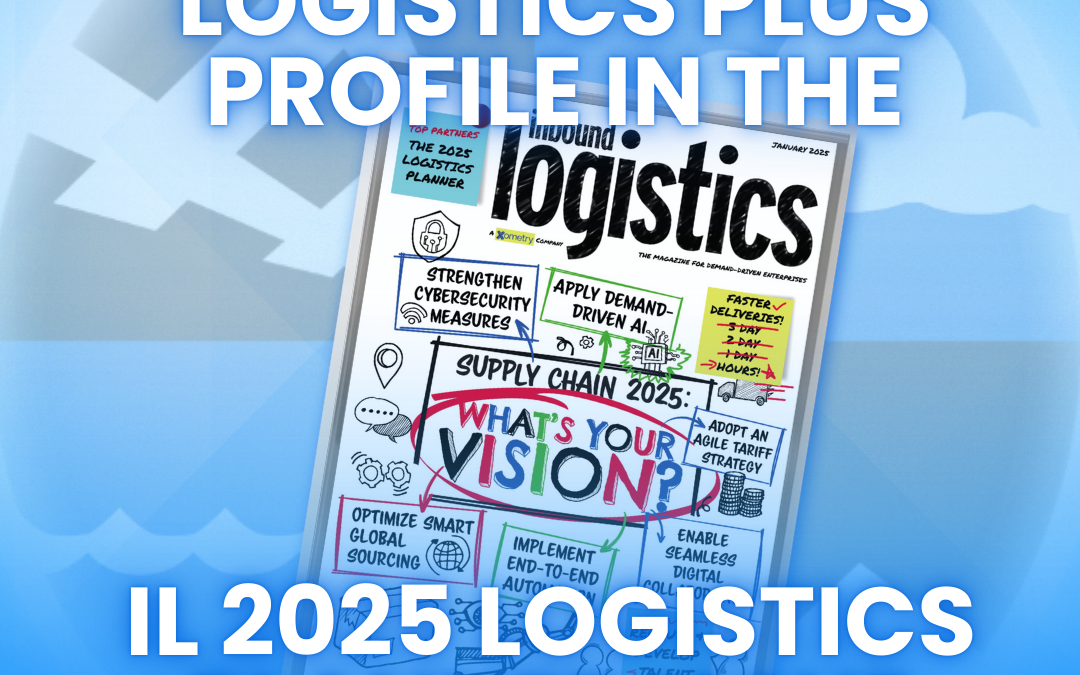
by Scott Frederick | Jan 29, 2025 | News
 Logistics Plus, once again, has been profiled as a top third-party logistics (3PL) company by Inbound Logistics magazine for its annual Logistics Planner. In its 33rd year of publication, the 2025 industry planner helps companies find the right technology solutions and transportation and logistics partners to drive supply chain efficiency. With both print and digital editions, the annual issue is updated with profiles of leaders in transportation, technology, logistics, and more who stand ready to help businesses face upcoming challenges to optimize their supply chains.
Logistics Plus, once again, has been profiled as a top third-party logistics (3PL) company by Inbound Logistics magazine for its annual Logistics Planner. In its 33rd year of publication, the 2025 industry planner helps companies find the right technology solutions and transportation and logistics partners to drive supply chain efficiency. With both print and digital editions, the annual issue is updated with profiles of leaders in transportation, technology, logistics, and more who stand ready to help businesses face upcoming challenges to optimize their supply chains.
The Logistics Plus profile appears on page 266 of the publication. Logistics Plus also has a full-page advertisement on page 97 and a case study on page 48.
You can view PDF versions of the Logistics Plus advertisement, profile, and case study by clicking the images below.
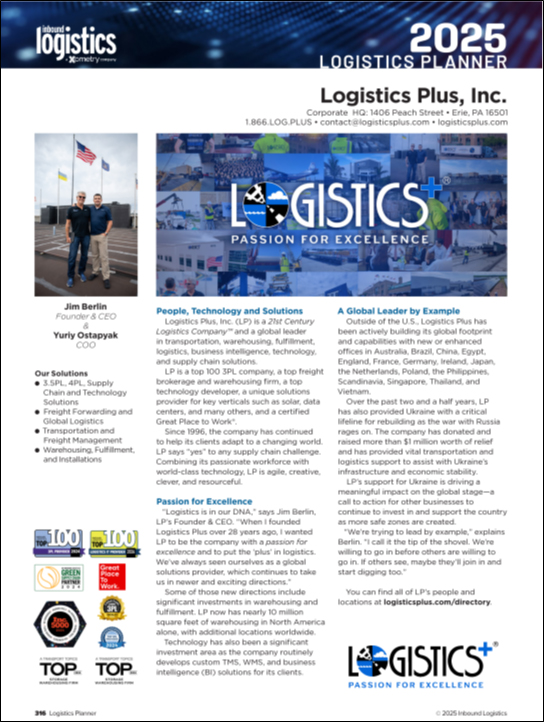

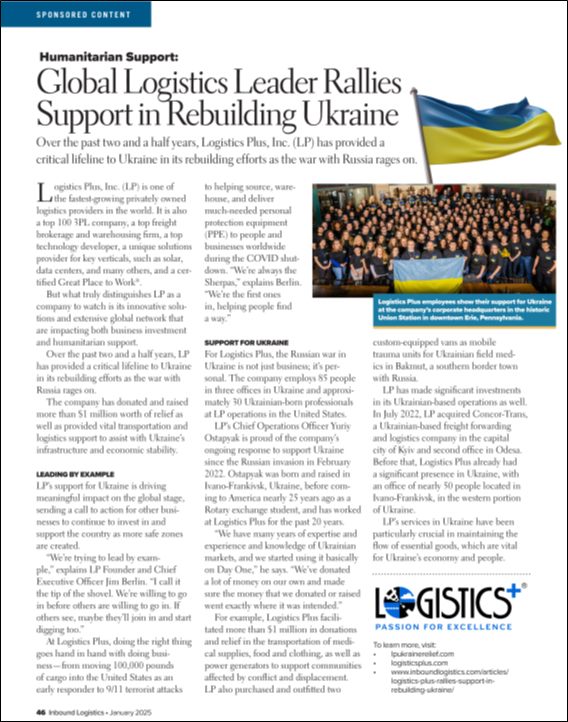

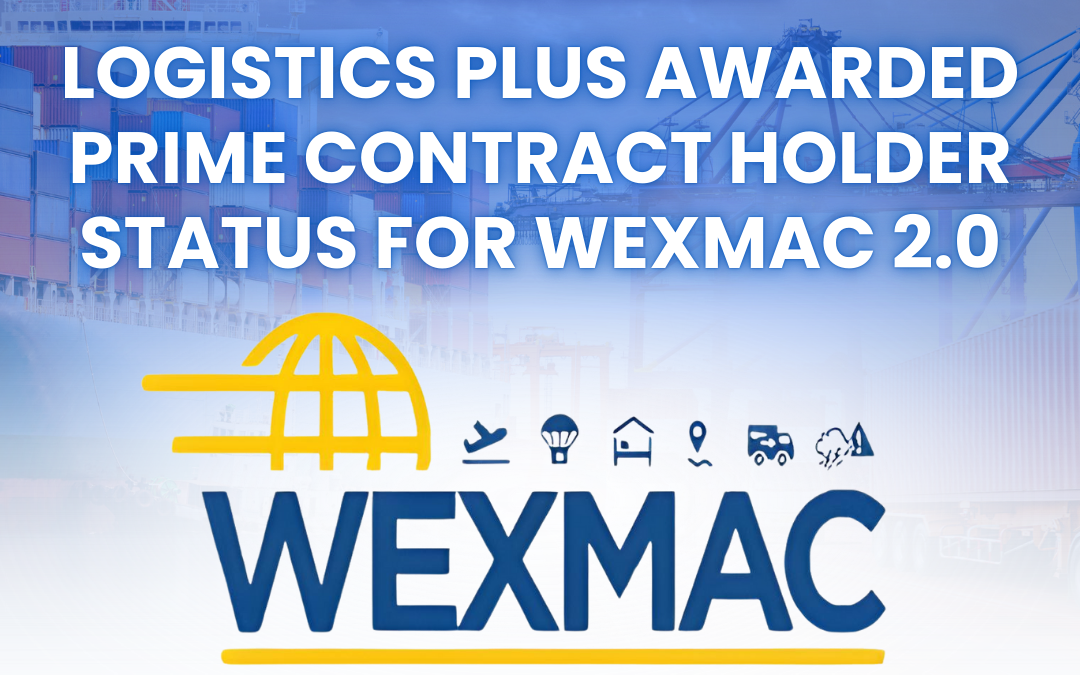
by Scott Frederick | Jan 14, 2025 | News

Logistics Plus Awarded Prime Contract Holder Status for WEXMAC 2.0
The scope of the award covers Logistics & Transportation Services across 26 regions encompassing close to 100 countries.
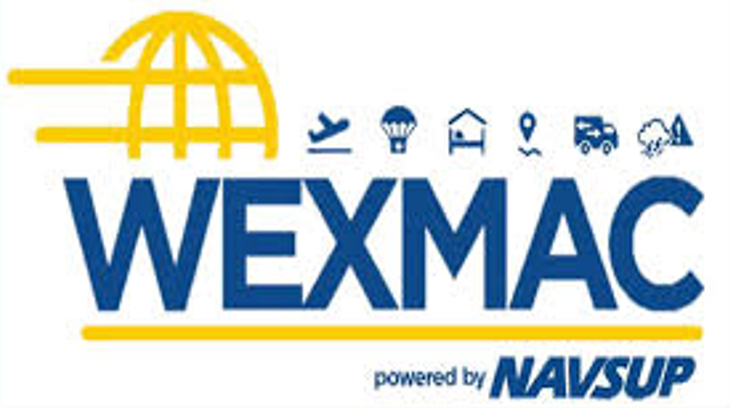 ERIE, PA (January 14, 2025) – Logistics Plus, Inc., a global leader in transportation, logistics, and unique supply chain solutions, has received notice from the U.S. Navy, Navy Supply Systems Command (NAVSUP) that it has been awarded prime status for the Worldwide Expeditionary Multiple Award Contract (WEXMAC) 2.0. The scope of the award covers Logistics & Transportation Services across 26 regions encompassing nearly 100 countries.
ERIE, PA (January 14, 2025) – Logistics Plus, Inc., a global leader in transportation, logistics, and unique supply chain solutions, has received notice from the U.S. Navy, Navy Supply Systems Command (NAVSUP) that it has been awarded prime status for the Worldwide Expeditionary Multiple Award Contract (WEXMAC) 2.0. The scope of the award covers Logistics & Transportation Services across 26 regions encompassing nearly 100 countries.
WEXMAC 2.0 is a strategic contracting vehicle designed to streamline and improve procurement processes for expeditionary contracting. This web-based, customer-integrated platform is an innovative approach that enables the quick and effective procurement of essential goods and services in challenging locations, ensuring smooth operations and rapid delivery. WEXMAC significantly increases military operational readiness and flexibility by reducing procurement time from months to weeks with a network of pre-approved vendors open to all U.S. government agencies.
“This contract covers a large variety of service requirements that will be offered as task orders,” said Blaine Kurtz, Director of Military & Public Sector for Logistics Plus. “Logistics Plus will have the option to provide a response and offer to all task orders that fall within our award area and region. This award is a great addition to the already stellar Logistics Plus resume.”
The Logistics Plus Contract Award Number is N0002325D0050. Interested subcontractors can submit inquiries to logisticsplus.com/contact.
About Logistics Plus, Inc.
Logistics Plus, Inc. (LP) is a 21st-century logistics company and a leading worldwide provider of transportation, warehousing, fulfillment, global logistics, business intelligence, technology, and supply chain solutions. LP works in the background to help businesses manage their supply chains in an ever-changing world. Founded in 1996, today LP has annual global sales of over $600M with more than 1,200 employees located in 50+ countries worldwide. LP is recognized as one of the fastest-growing privately-owned logistics companies, a top 3PL provider, a top 100 logistics company, a top freight brokerage and warehousing provider, and a great place to work. With a Passion For Excellence™, its employees put the PLUS in LOGISTICS by doing the big things properly, plus the countless little things that together ensure complete customer satisfaction and success.
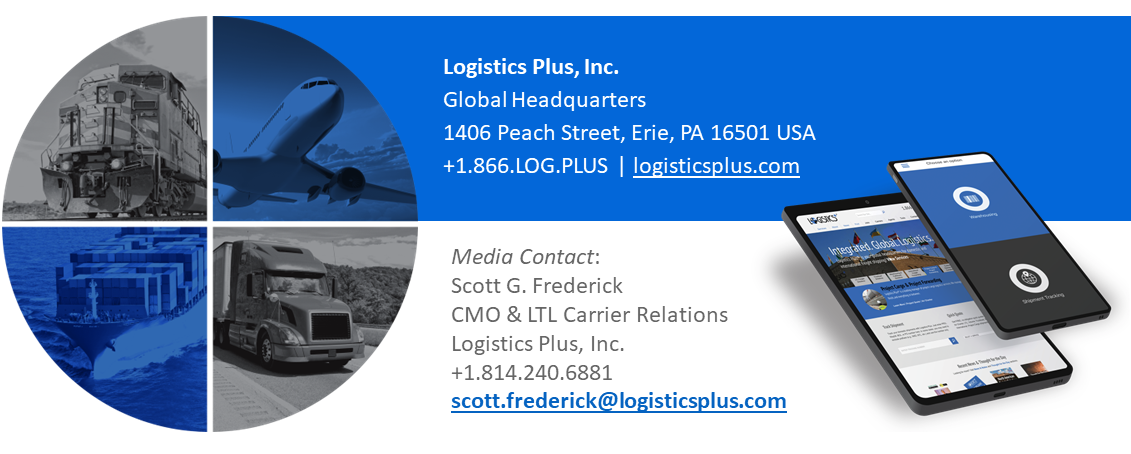



by Scott Frederick | Jan 9, 2025 | Global Logistics Alerts

Second US Port Strike Averted as Union, Employers Reach Deal
The union representing 45,000 dock workers on the U.S. East and Gulf Coasts and their employers on Wednesday said they reached a tentative deal on a new six-year contract, averting further strikes that could have snarled supply chains and taken a toll on the U.S. economy.
The International Longshoremen’s Association (ILA) and the United States Maritime Alliance (USMX) employer group, in a joint statement, called the agreement a “win-win.” The deal includes a resolution in automation, which had been the thorniest issue of on the table.
Read more at
https://www.reuters.com/world/us/us-dockworkers-port-employers-reach-tentative-agreement-2025-01-09/#:~:text=Jan%208%20(Reuters)%20%2D%20The,toll%20on%20the%20U.S.%20economy.
For up-to-the-minute updates from each organization use the links below:
– International Longshoremen’s Association
– United States Maritime Alliance






 Logistics Plus Customs Brokerage Manager
Logistics Plus Customs Brokerage Manager 







 ERIE, PA (January 14, 2025) – Logistics Plus, Inc., a global leader in transportation, logistics, and unique supply chain solutions, has received notice from the
ERIE, PA (January 14, 2025) – Logistics Plus, Inc., a global leader in transportation, logistics, and unique supply chain solutions, has received notice from the 